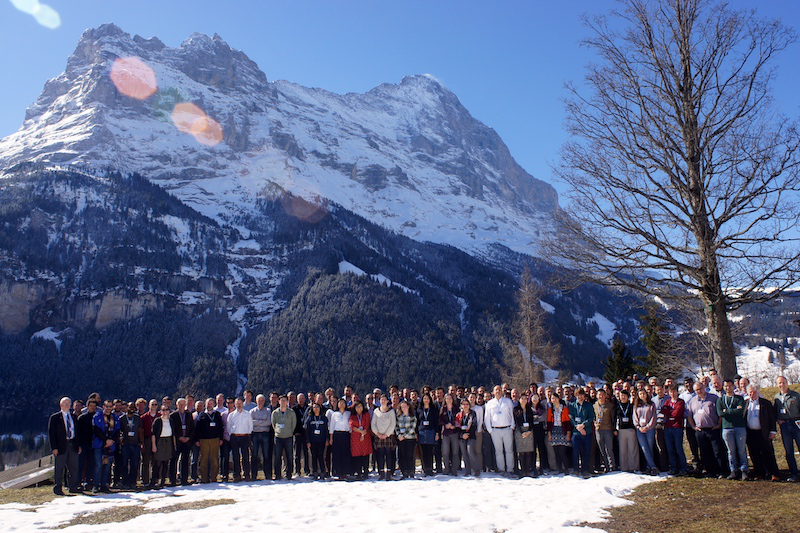Speaker
Description
The advent of large-scale spectroscopic surveys underscores the need to develop robust techniques for determining stellar properties (“labels”, i.e., physical parameters and elemental abundances). However, traditional spectroscopic methods that utilize stellar models struggle to reproduce cool (<4700 K) stellar atmospheres due to an abundance of unconstrained molecular transitions, making modeling via synthetic spectral libraries difficult. Because small, cool stars such as K and M dwarfs are both common and good targets for finding small, cool planets, establishing precise spectral modeling techniques for these stars is of high priority. To address this, we apply The Cannon, a data-driven method of determining stellar labels, to Keck High Resolution Echelle Spectrometer (HIRES) spectra of 141 cool (<5200 K) stars from the California Planet Search. Our implementation is capable of predicting labels for small (<1 R⊙) stars of spectral types K and later with accuracies of 68 K in effective temperature (Teff), 5% in stellar radius (R∗), and 0.08 dex in bulk metallicity ([Fe/H]), and maintains this performance at low spectral resolutions (R < 5000). As M-dwarfs are the focus of many future planet-detection surveys, this work can aid efforts to better characterize the cool star population and uncover correlations between cool star abundances and planet occurrence for constraining planet formation theories.

